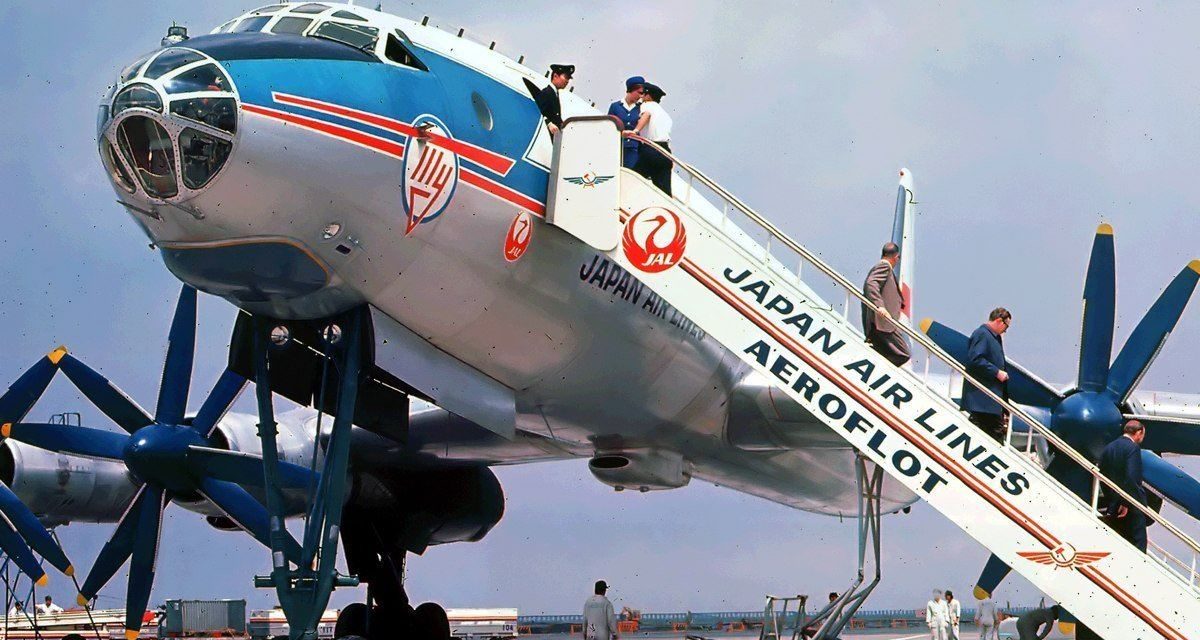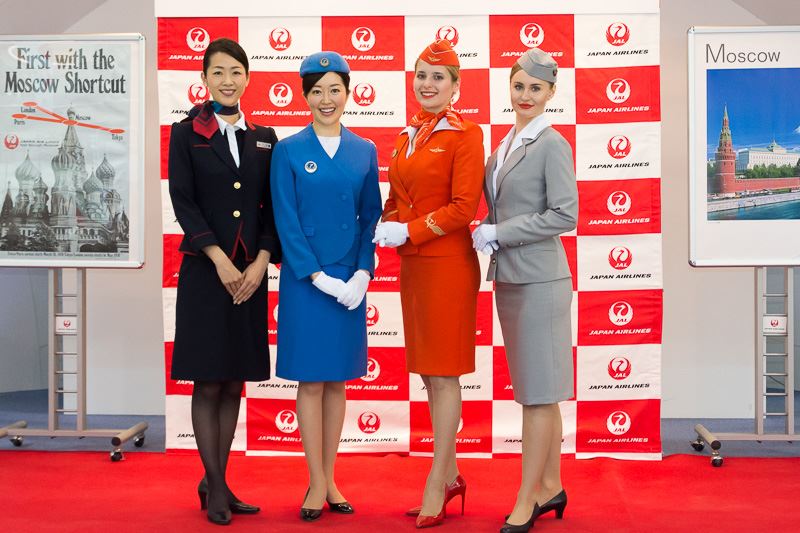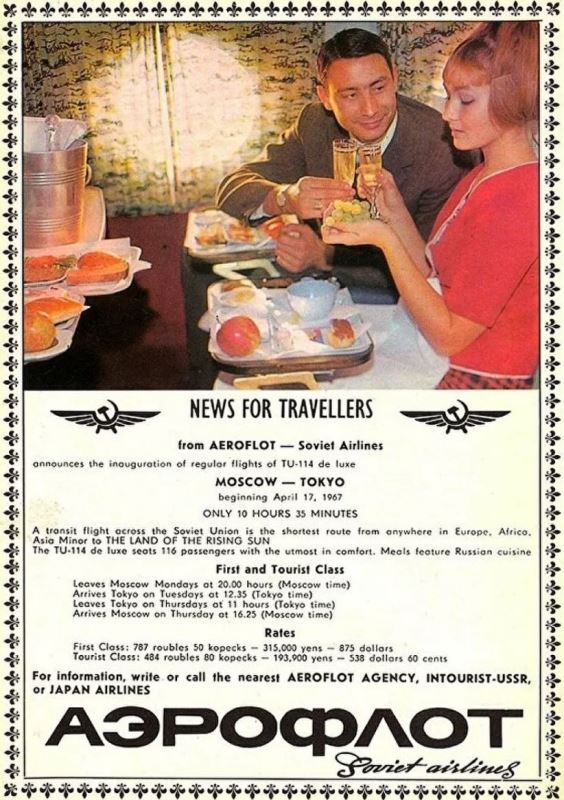At the height of the cold war, an unlikely joint operation began when Japan Air Lines and Aeroflot started working together. Considering the two countries were old foes and had radically different political ideologies, it’s remarkable it took place at all.
The shortest air route between Europe and Japan is via Russia or the Soviet Union as it once was. With the closed nature of that country back in the day, flights had to route via the Arctic, adding 2,500 kilometres to the journey. The collaboration changed all that.
A Lengthy Gestation
Operating the service was initially proposed in 1956, however negotiations were prolonged, to put it mildly. It wasn’t until January 1966 that an agreement was finally signed. Flights commenced the following year, but not without both sides stipulating special conditions.
The Soviet Union had concerns about secrecy as the route passed by sensitive military areas. The final route was Sheremetyevo, Nerli, Vologda, Kotlas, Syktyvkar, Khanty-Mansiysk, Podkamennaya, Vichim, Ekimchan, Troitskoye, Edinka, Skund, Kodofishi, Niigata, Daigo, Sakura, Tokyo.
- The uniforms of yesterday and today – Japan Air Lines current and 1960s uniform and Aeroflot’s current and 1960s uniform
Japan did not want the flights to pass over Tokyo, a bit of an ask as Haneda Airport is just 9 kilometres from the centre of the city. A procedure was devised where the aircraft would have to turn onto its course pretty much immediately after take-off.
Concerns around whether the plane could actually do it were put to rest after a test flight on 10 August 1966. The 8,015 kilometre journey looked like it was go.
The Joint Operation Commences
The largest passenger plane in the world, the Soviet turboprop Tupolev Tu-114, was assigned the route. Two aircraft, registered CCCP-76464 and CCCP-76470 were reconfigured to a special 116 seat layout for the trips.
- The Tupolev Tu-114 Seating Plan for the joint operation – note the state rooms!
Services finally started on 17 April 1967, with the flights taking 10 hours and 35 minutes from Moscow. Return flights from Tokyo took 11 hours and 25 minutes. On board, the cabin crew comprised of five members each from Aeroflot and Japan Air Lines, with the leading group depending on the flights origin. Pilots were all Aeroflot staff.
- An Aeroflot poster about the service, including pricing!
Passengers reportedly received excellent on board service, with the only issue being noise. The Tupolev Tu-114 with its contra-rotating propellers was not quiet inside. First class passengers had it easiest down the back, but those in economy near the engines were assaulted by noise throughout the flight.
Overall Thoughts
Several other airlines eventually gained Russian overflight rights, including BOAC, Air France and Lufthansa. Japan Air Lines also started services on their own and the joint operation became a relic of history.
Even so, the services possible indicated the very beginning of the thaw in relations between the Soviet Union and the west. It would have been a very interesting flight to have been on.
Did you ever fly on board a Tupolev Tu-114 or indeed on the joint operation between JAL and Aeroflot? If so, what was it like? Thank you for reading and if you have any comments or questions, please leave them below.
Like planes? See my “Does anyone remember” series.
Flight reviews your thing? Mine are all indexed here.
Follow me on Facebook, Twitter and Instagram.
Featured image via Soviet Visuals on Twitter.
Cabin Crew picture via Travel Watch Impress.
Tupolev Tu-114 Seating Plan via Travel Watch Impress.
Aeroflot travel poster by Aeroflot via Sputnik.
With thanks to Sputnik above, Russia Beyond, Russian Aviation and Airliners.net.







